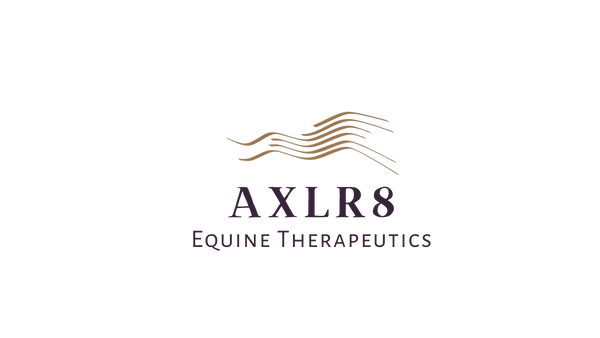You're feeding everything & still not getting results?
As horse owners, we've all been here! Spending a fortune on feeds, trying all of the brands, asking the Facebook forums for advice and receiving hundreds of different suggestions. Here's some things to consider if you're currently in this situation with your horse.
Posture

Not to be underestimated, the horses posture tells
a story of how they have developed muscle in order to support their bodies and safely move them through space. They are key indicators to identify an unhealthy posture, and looking at the health of the thoracic sling should be the first step. We highly recommend 'The Fundamentals of Horse Posture' developed by Yasmin Stuart Equine Physiotherapist - you can check it out here
Often times, poor posture is regarded as "conformation" - how often have you heard "they just need to grow more" or "they are just built down hill" - this may not always be the case, and your horses thoracic sling may be weak, which results in the front end collapsing from poor strength in the 'sling'
The Thoracic Sling
So, we referred to the thoracic sling as part of posture - but what exactly is it?
Horses don’t have collarbones and rely on their thoracic sling to hold their front end up. When the front limbs cannot get out of the way, the horses can pretzel themselves with their spine so their hind end doesn’t take out their front.

The thoracic sling is exactly that - a combination of muscles that act as a 'sling' to safely carry the horses front end. The trapezius, serratus ventralis, subclavis and pectorals all form part of the thoracic sling.
A collapsed thoracic sling shows up in many ways
- Collapsed wither/higher rump
- Dropped trapezius at the wither base
- Bulging lower neck
- Front legs on a lean or in severe cases “over/under” at the knee
- Difficulty standing for the farrier
To learn more about a functional thoracic sling and how to support your horse we recommend The Balance Through Movement Method with Celeste Lazaris. Celeste's "Pillar One" is a postural tool that all horse owners should know, you can learn more about it with Celeste's free open access video on Pillar One
Hoof Health
Hoof pathologies are quickly becoming an endemic and horse owners are learning more about hoof health for optimal function. While this will be a whole article on its own, for now we'll focus on some of the more common pathologies presenting in domesticated horses
- Negative Palmar/Plantar Angles (NPA)
- Navicular Disease or Navicular Syndrome (bony changes/cysts or caudal heel pain)
- Caudal failure
- Contracted heels
- Soft tissue damage/pain
- Thrush
- Laminitis
All of the above pathologies contribute to distal limb discomfort which will impact further up into the limb. With long term dysfunction, there is the risk of muscle atrophy and overdevelopment - ultimately creating poor muscle balance. In cases like these, fascia can also tighten and begin to impact nerves into the shoulder, where the brachial plexus is located. The domino impact of poor hoof health should not be underestimated. Additionally, the horses' requirement to use its stay apparatus, simply to stay upright, is amplified when hoof pathologies exist, therefore burning more energy simply to stand.
Ulcers & Gut Health
Gut health is becoming a more widely discussed topic within the horse ownership community and it has been wonderful to see. Diets high in fibre, with low sugar and starch should be the primary focus when deciding on your horses feed. While this can support overall feed processing and wellness, it cannot treat any current or active ulcers. The use of veterinary prescribed medication certainly has its place to suppress acid production and allow the gut time to heal, however this should not be relied upon for a long term solution. If you're battling with recurring ulcers, you may wish to consider exploring other signs of your horse's discomfort or pain, which may be triggering ongoing stress.
The take home message is sometimes, it isn't just about food intake. Comfort (and therefore stress) can play a key role in your horses' ability to develop muscle and gain weight.

